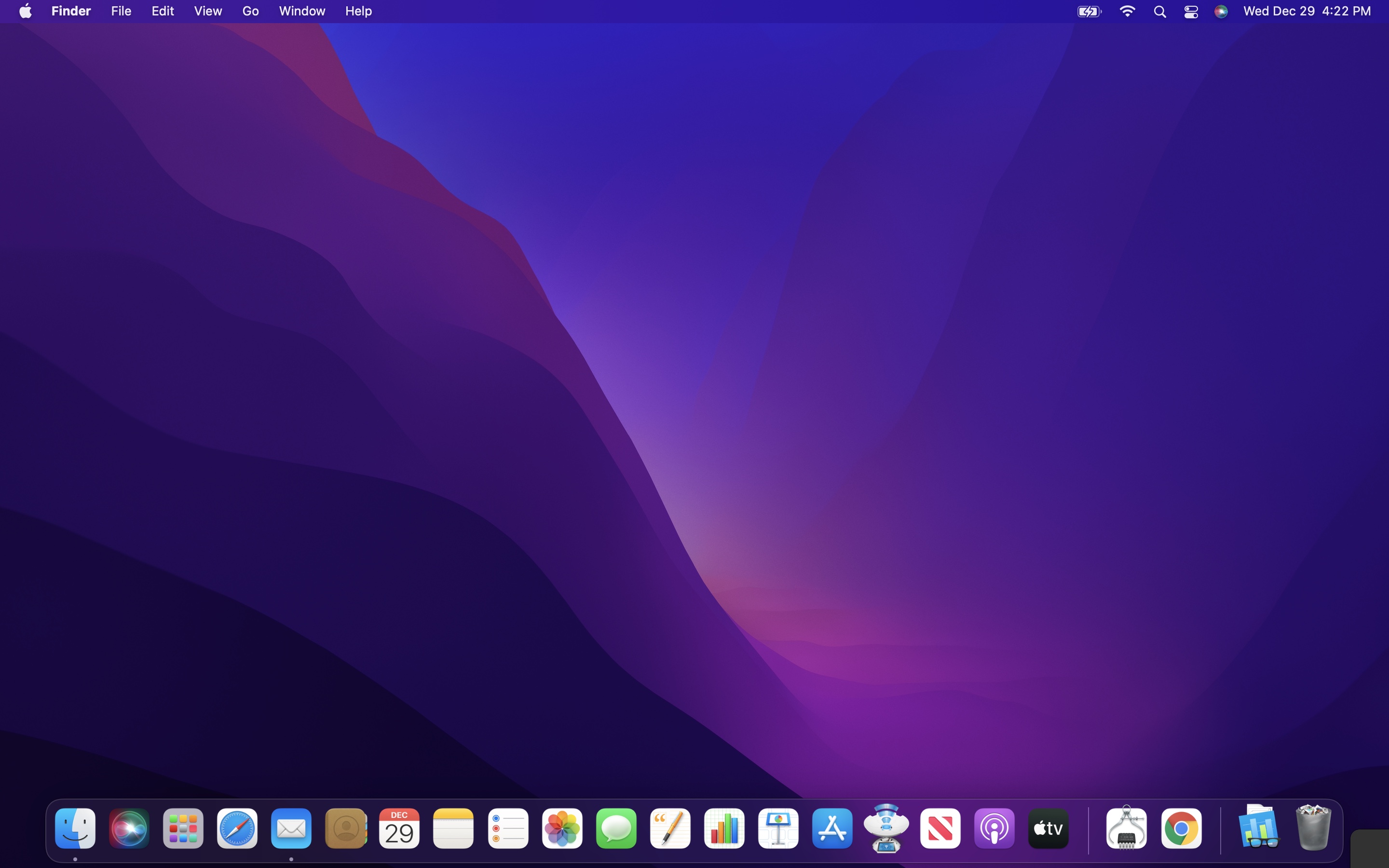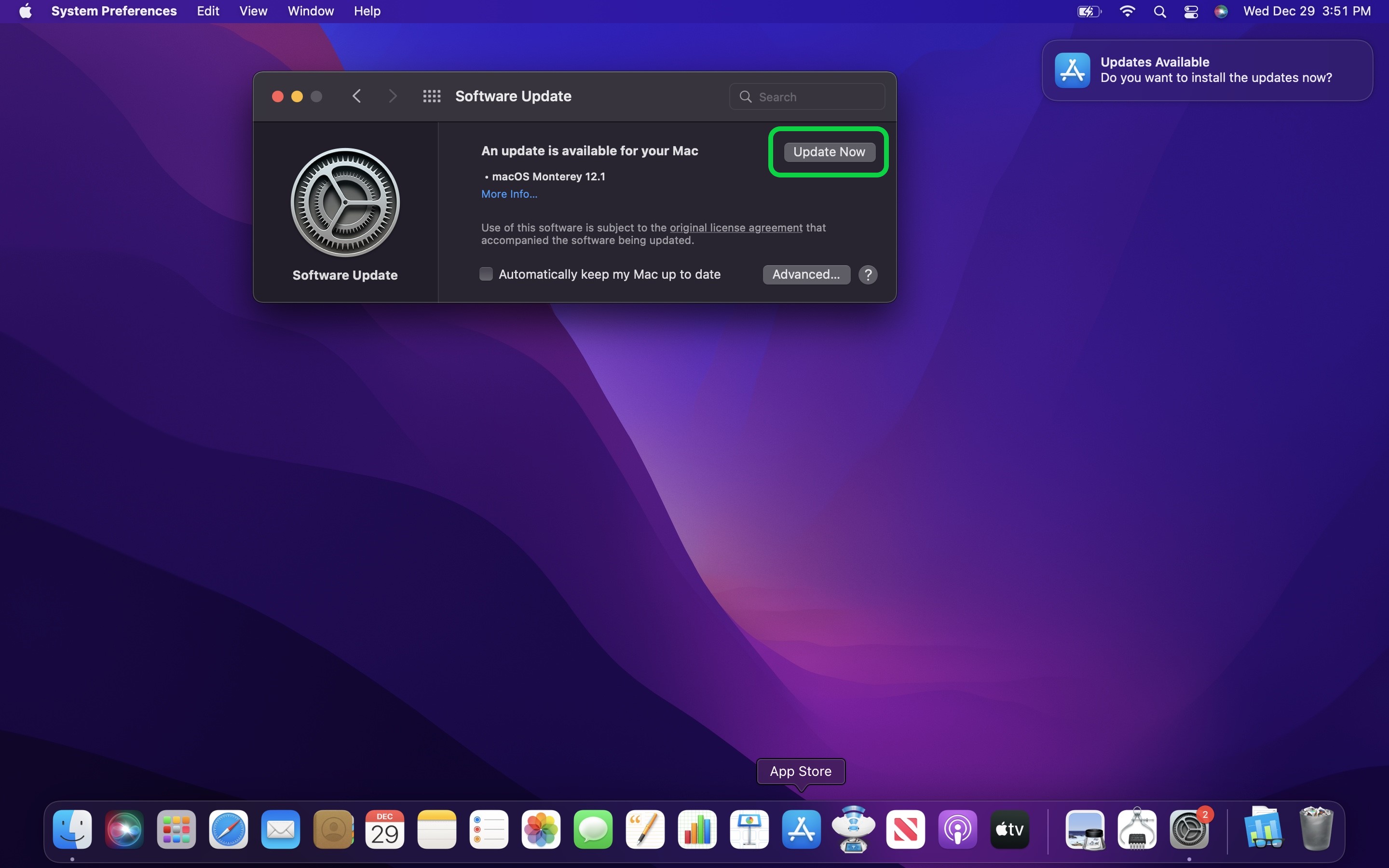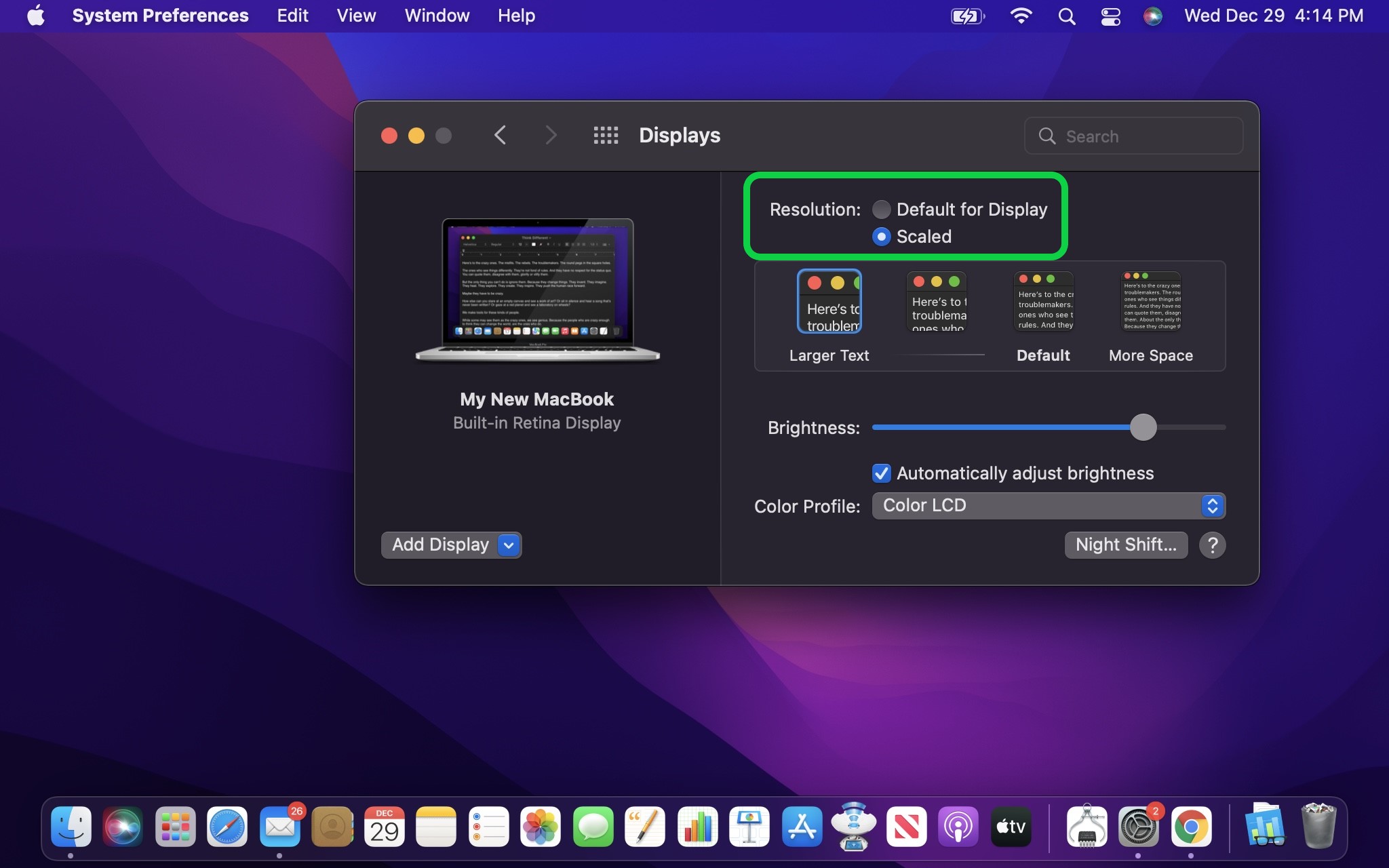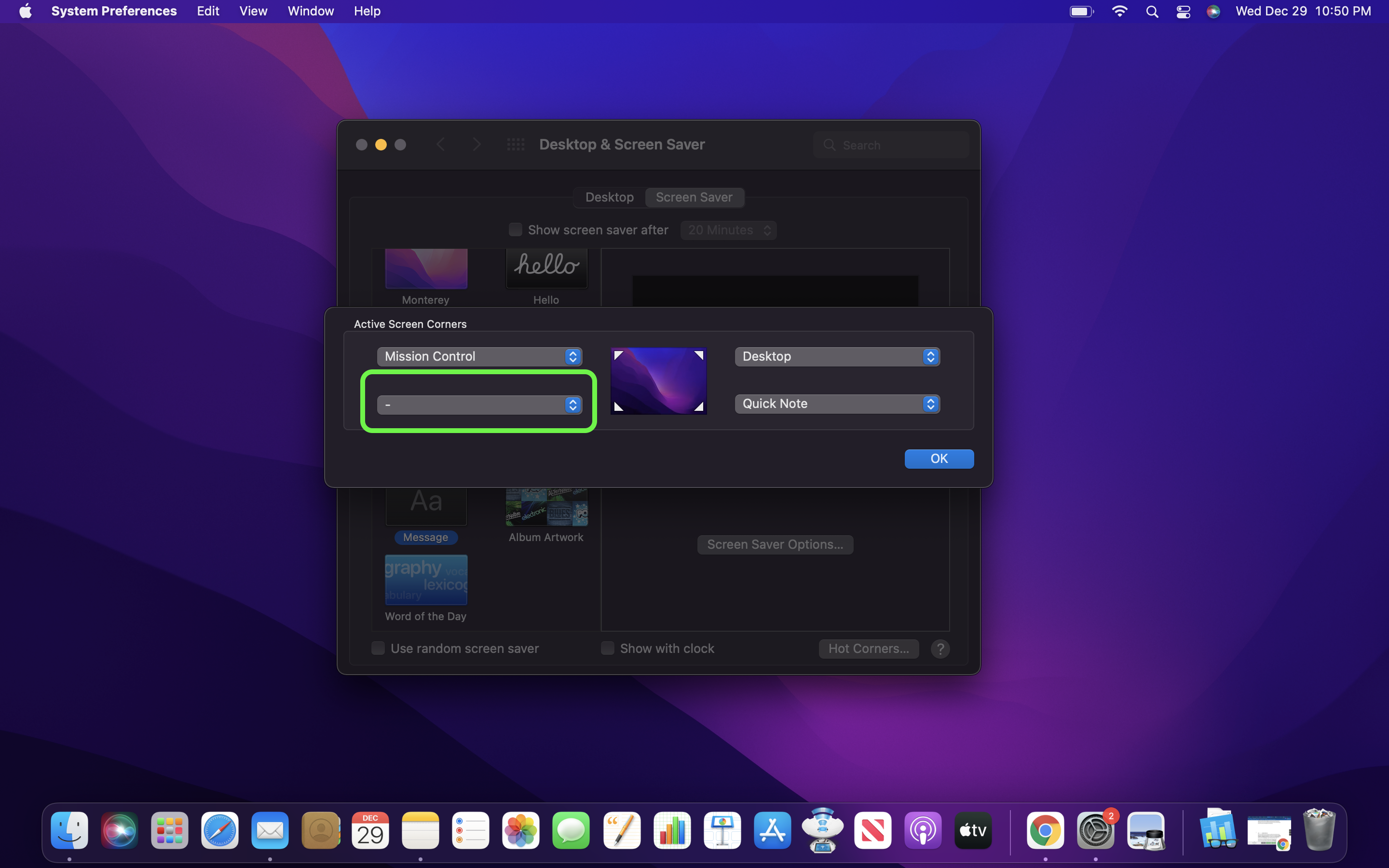7 essential tips for your new MacBook Air
Our favorite tips and tricks for setting up a MacBook Air
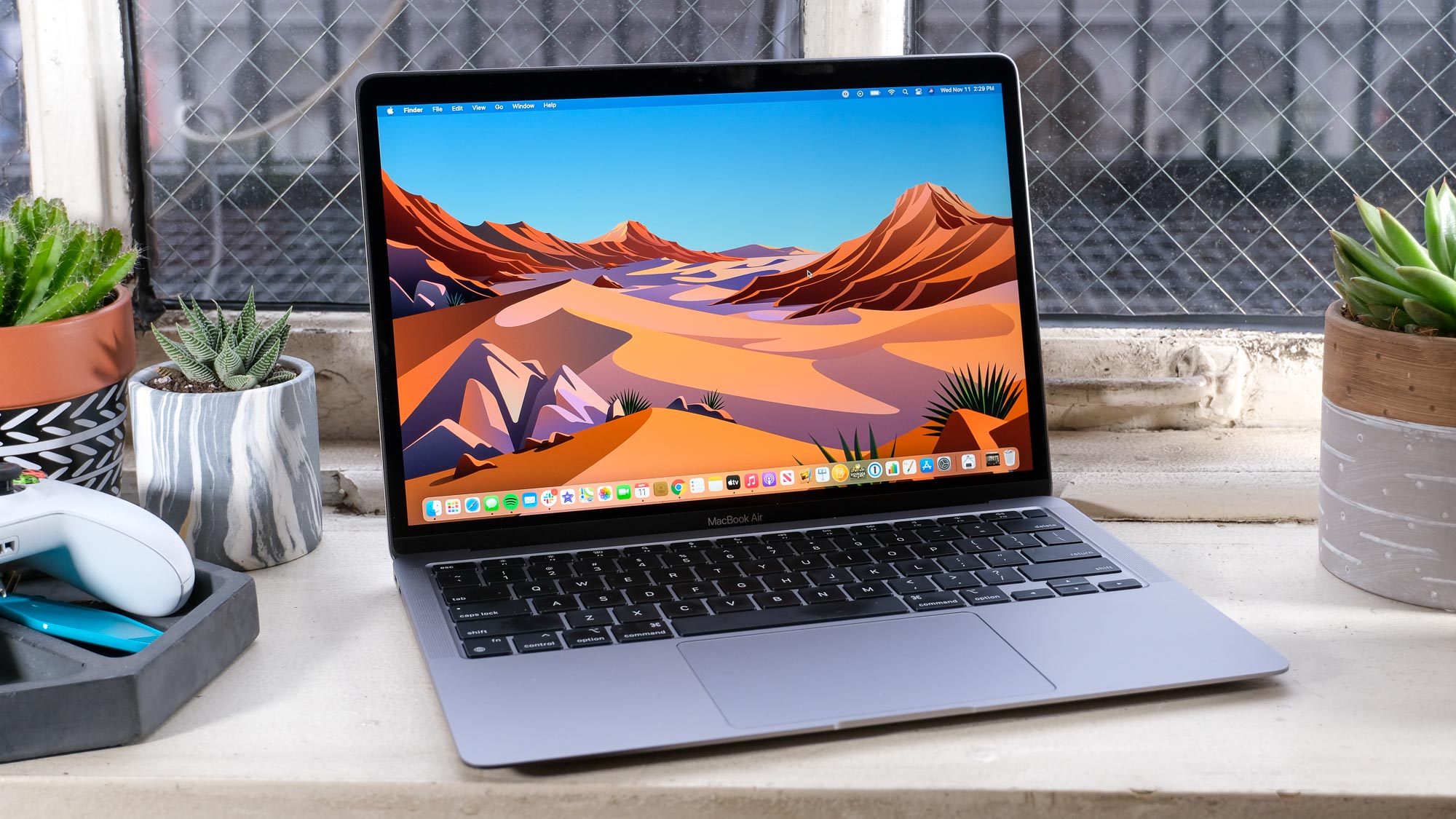
Whether you're switching on a new MacBook Air M2 for the first time or setting up a well-used MacBook after a much-needed reset, there are some important things you should do up front to get the most out of it.
This article will outline some of the most important things you should do when setting up your new MacBook Air, as well as some commonly overlooked features you can use to get your MacBook working just the way you like it.
The MacBook Air is one of the best MacBooks you can buy, and these are our best tips for first-time setup.
1. Complete Setup Assistant and restore your files — or start fresh
If you're setting up a brand-new MacBook Air, good news: the macOS Setup Assistant makes it a breeze, giving you simple on-screen prompts that guide you through the process. You'll make some important choices about things like your location and language, and then you'll be prompted to connect to a Wi-Fi network and sign in with your Apple ID. If you don't have an Apple ID this is the time to create one, and the Setup Assistant will walk you through that process, too.
If you're setting things up again after resetting your MacBook, Setup Assistant will give you the option of restoring your old data and settings to your Air, either from a Time Machine backup or from another Mac via Apple's Migration Assistant. If you want the data and settings imported to your new MacBook Air, this is the easiest and best time to do so, and Apple's software should make the process pretty straightforward.
Of course, if you're using one of the best cloud backup services like iDrive or Backblaze to back up your data off-site, you'll have to wait until after you've finished running through Setup Assistant and connecting to the Internet to access those services and restore your old data.
2. Check for updates
We live in a digital world of always-online services, and that means most software is regularly updated to patch security holes, add new features, and (usually) improve your experience as a user.
Get instant access to breaking news, the hottest reviews, great deals and helpful tips.
If you're setting up a MacBook Air, the best time to check for updates is right after you've completed the Setup Assistant and connected your laptop to the Internet. This will ensure you're running the latest edition of macOS, and also verify that all your installed apps are up-to-date.
Luckily, macOS makes checking for updates a straightforward process. Simply click on the Apple logo in the top-left corner of your MacBook Air's screen and navigate to System Preferences > Software Update.
The Software Update menu will tell you if you have any outstanding macOS updates to install. If you do, simply click the Update Now button to begin the installation process. You can tell macOS to automatically check for updates and install them from here on out by checking the Automatically keep my Mac up to date checkbox at the bottom of the menu.
3. Customize your screen to suit your tastes
Your MacBook Air defaults to a standard screen scale and brightness setting which may not be ideal for your needs, so it's a good idea to customize your screen early in the setup process.
To do that, you have to open the Displays menu within the System Preferences menu. Click the Apple button in the top-left corner again, then navigate to System Preferences > Displays.
You should see that your Resolution is set to Default for Display, which is good but not always ideal, especially if you have a hard time reading small print. If you set your Resolution to Scaled, you can choose different scaling settings which either make details (like text) appear larger, or make them appear smaller so you can see more on screen. Play around with this setting to see what looks best to your eyes, then select whatever option feels right.
There are some other options you can use in this menu to customize how your MacBook Air's display looks. You can manually adjust the brightness up or down by sliding the Brightness bar accordingly, and you can disable the Automatically adjust brightness feature by unchecking its checkbox if you don't want macOS futzing with screen brightness in response to ambient lighting.
You can also click the Night Shift button in the lower-right corner of the Displays menu to customize the feature for your Air. Night Shift automatically changes the colors on your display to warmer tones after dark, which may help you sleep better if you plan to do some late-night computing by cutting down on how much blue light your eyes receive before bed. You can use the tools in the Night Shift menu to configure whether it's on or off and what schedule it runs on, plus you can slide a slider back and forth between more and less warm to set your preference and preview what it will look like.
4. Set up Touch ID
Ever since 2018 the MacBook Air has had a Touch ID sensor built into the keyboard, and it allows you — and only you, unless you configure it otherwise — to log into your Mac with the tap of a finger.
While you only need to register a single fingerprint to use Touch ID, you can make life easier on yourself by registering the prints of multiple fingers. To do so, click the Apple button in the top-left corner of your desktop and navigate to System Preferences > Touch ID. Then, click the Add Fingerprint button to add more fingerprints to your Mac's Touch ID database. You can register 3 fingerprints per account, up to 5 total.
If you happen to use an Apple Watch, it's also a good idea to enable it as a hands-free tool for unlocking your MacBook. To do so, hit the Apple button again and navigate to System Preferences > Security & Privacy. Turn on Use your Apple Watch to unlock apps and your Mac, and you should be good to go!
5. Get your Trackpad just the way you like it
The Trackpad on your MacBook may seem simple, but that unassuming silver slate is governed by a slew of settings you can adjust to make scrolling and tapping feel just the way you like it.
Click the Apple button in the top-left corner of the screen and navigate to System Preferences > Trackpad. There are a lot of options to play with here, so take some time to watch the built-in demo videos and get a sense of how the Trackpad can be configured.
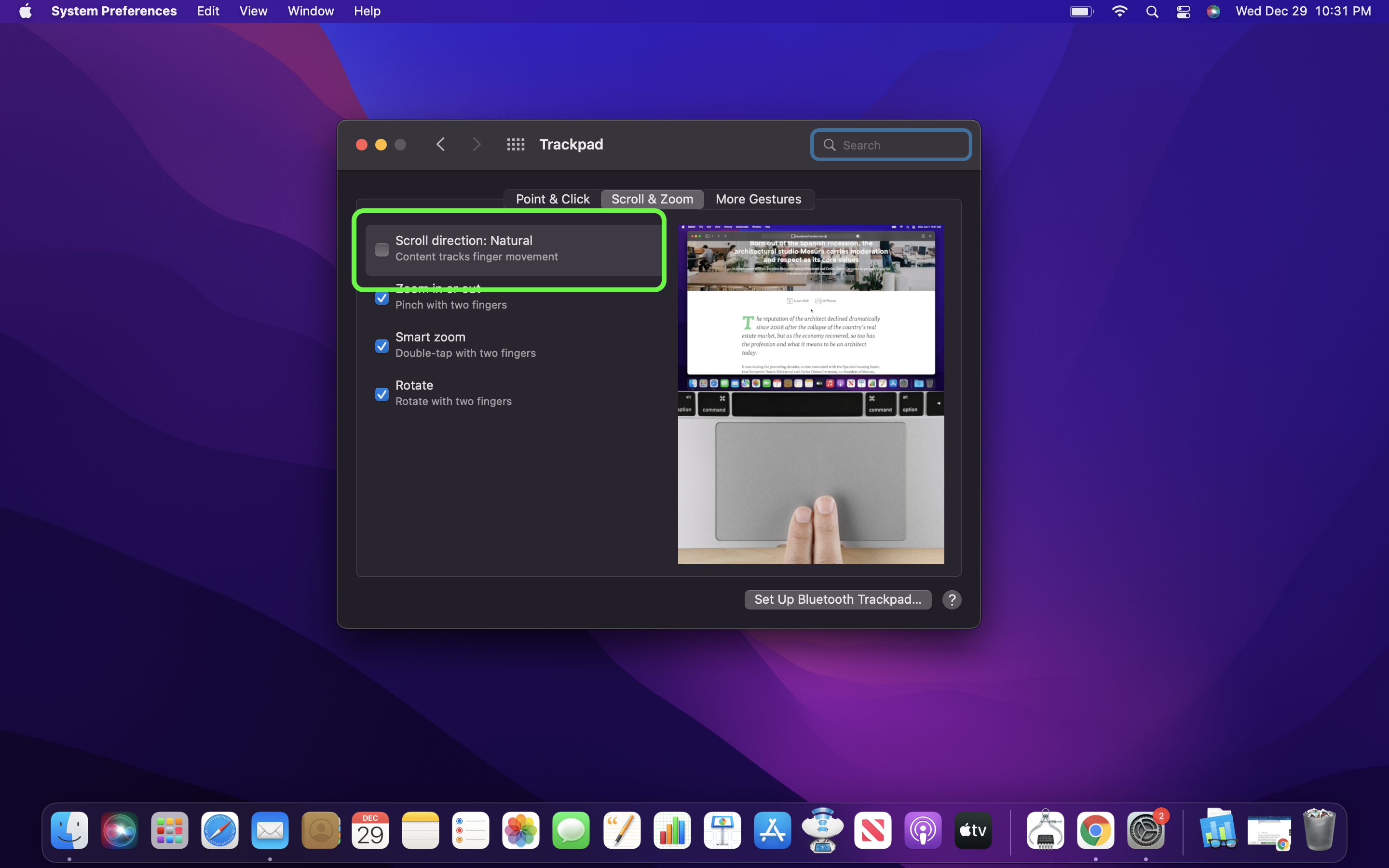
If you're a long-time Mac user (like Tom's Guide senior editor and MacBook Air aficionado Henry T. Casey) you probably want to disable Natural Scrolling, which causes whatever you're scrolling through to move in the same direction your fingers are moving. To do so, tap Scroll & Zoom and turn off Scroll direction: Natural. Play around with using the Trackpad both ways, and see which you actually prefer.
Another common setting people like to tweak is how fast the cursor moves when you slide your finger across the Trackpad. To get it just the way you like it, open the Point & Click section of the Trackpad menu and try sliding the Tracking speed needle to speed up or slow down your pointer.
6. Get into Hot Corners
There's a neat feature called Hot Corners built into macOS that lets you access shortcuts to common tasks by sliding your cursor into a corner of the screen. By default, only one Hot Corner is enabled: the Quick Note shortcut, which lets you quickly open a new note in the Notes app by sliding your cursor into the lower-right corner of the screen and clicking the icon that pops up.
But you can change what shortcut pops up, or add Hot Corners shortcuts to the other corners of your screen, by opening the Apple menu and navigating to System Preferences > Desktop & Screen Saver. You might think this desktop-based feature would be in the Desktop menu, but you actually need to open the Screen Saver section and click the Hot Corners... button in the bottom-right corner of the menu.
From there you can choose what happens when you slide your pointer into each of the four corners of your display. It's a good idea to add Mission Control to one Hot Corner so you can quickly see everything you have open, and Desktop might be another if you regularly access files on your desktop.
7. Fine-tune Finder
You'll probably be using the Finder tool quite a bit on your new MacBook Air, so spending some time customizing it to your liking is an investment that pays off.
Open Finder and click the Finder menu in the top-left corner, then open the Preferences menu. Here's you'll find a smorgasbord of options for what files you see and how when using Finder.
Some things are hidden by default which you may want to see. For starters, under the General tab you'll probably want to check the box next to Hard disks so that your hard drive shows up on your desktop. This makes it a bit more convenient to access.
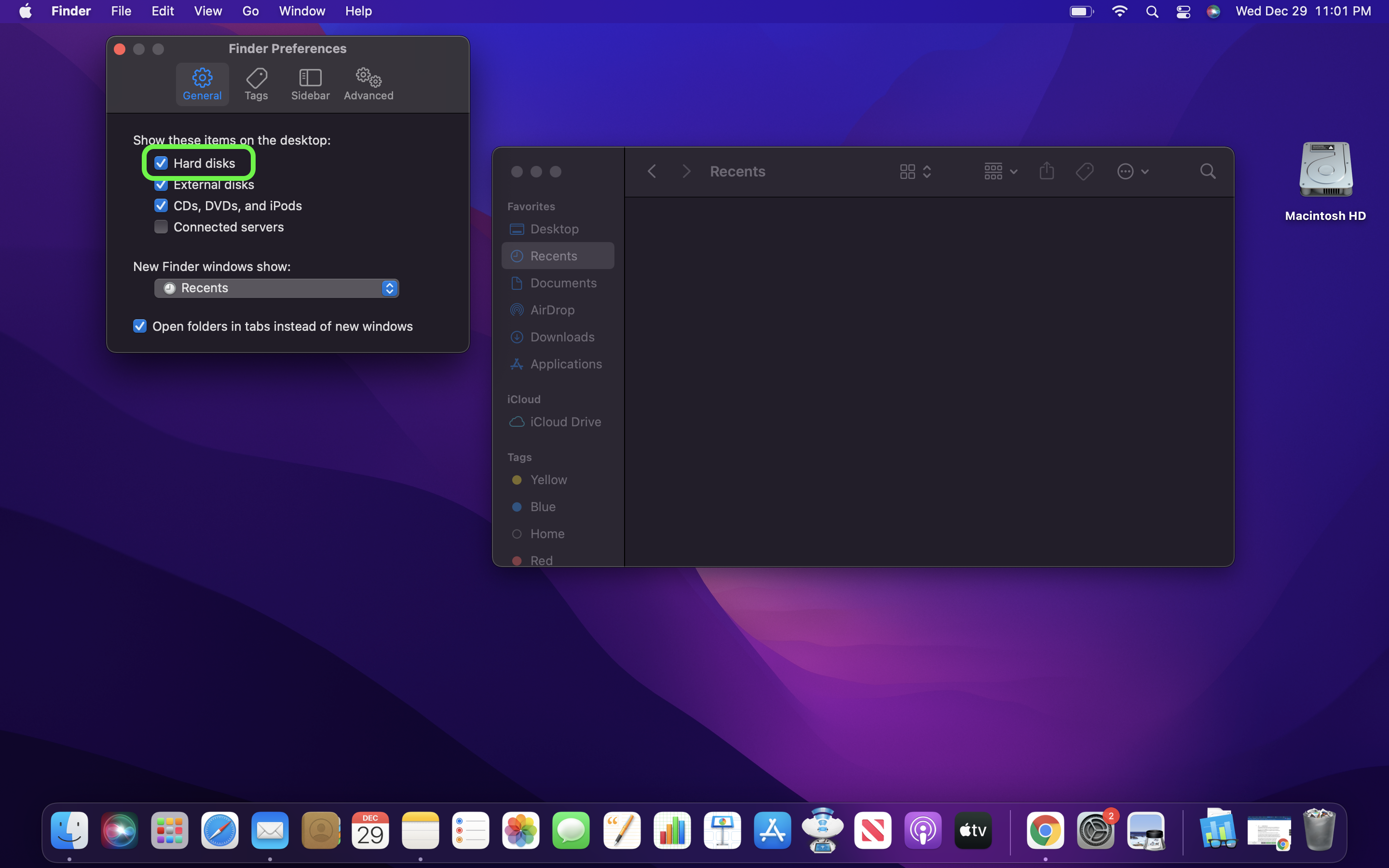
Under the Sidebar tab you'll probably want to change what files and folders appear in the Finder sidebar by default. We recommend enabling Pictures, Music, and Movies if you plan to be opening those types of files a lot.
You might also want to add your MacBook Air as a location, since that lets you click on it in the Finder sidebar to quickly see your laptop's hard drive, all drives you have plugged in, plus all drives connected to the same network.
Finally, consider opening the Advanced tab and checking the box next to Remove items from the Trash after 30 days. After all, who likes remembering to have to take out the trash?

Alex Wawro is a lifelong tech and games enthusiast with more than a decade of experience covering both for outlets like Game Developer, Black Hat, and PC World magazine. A lifelong PC builder, he currently serves as a senior editor at Tom's Guide covering all things computing, from laptops and desktops to keyboards and mice.
